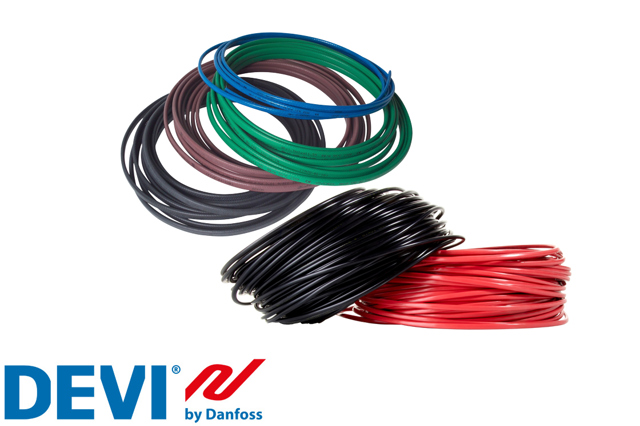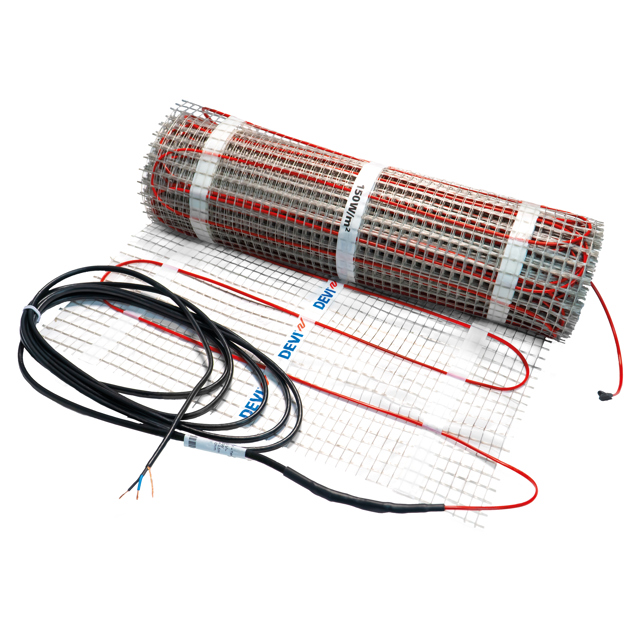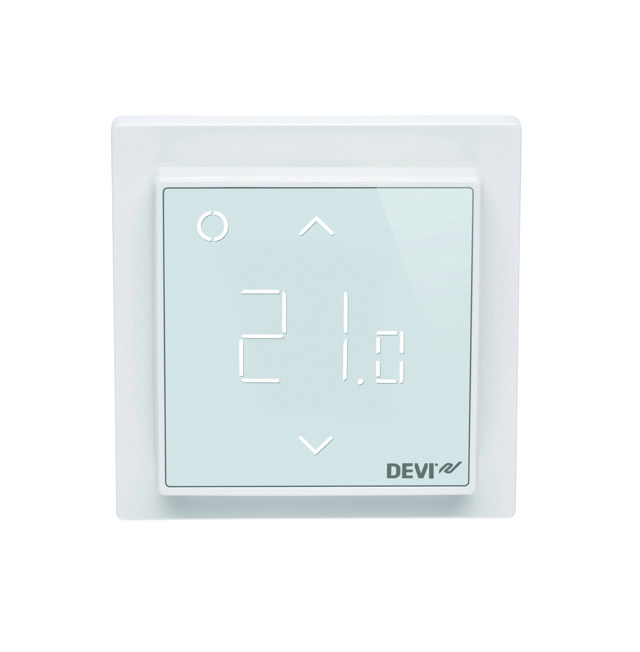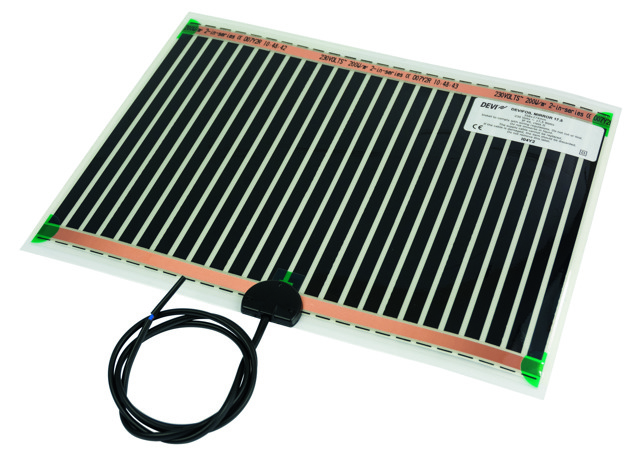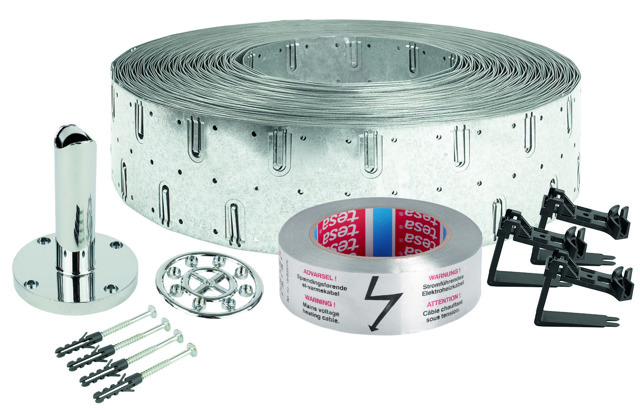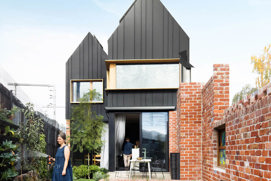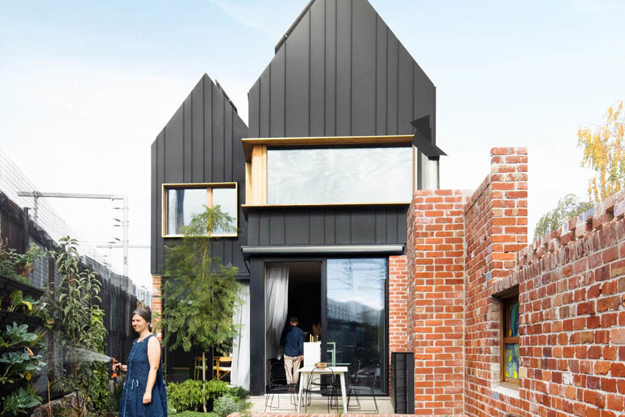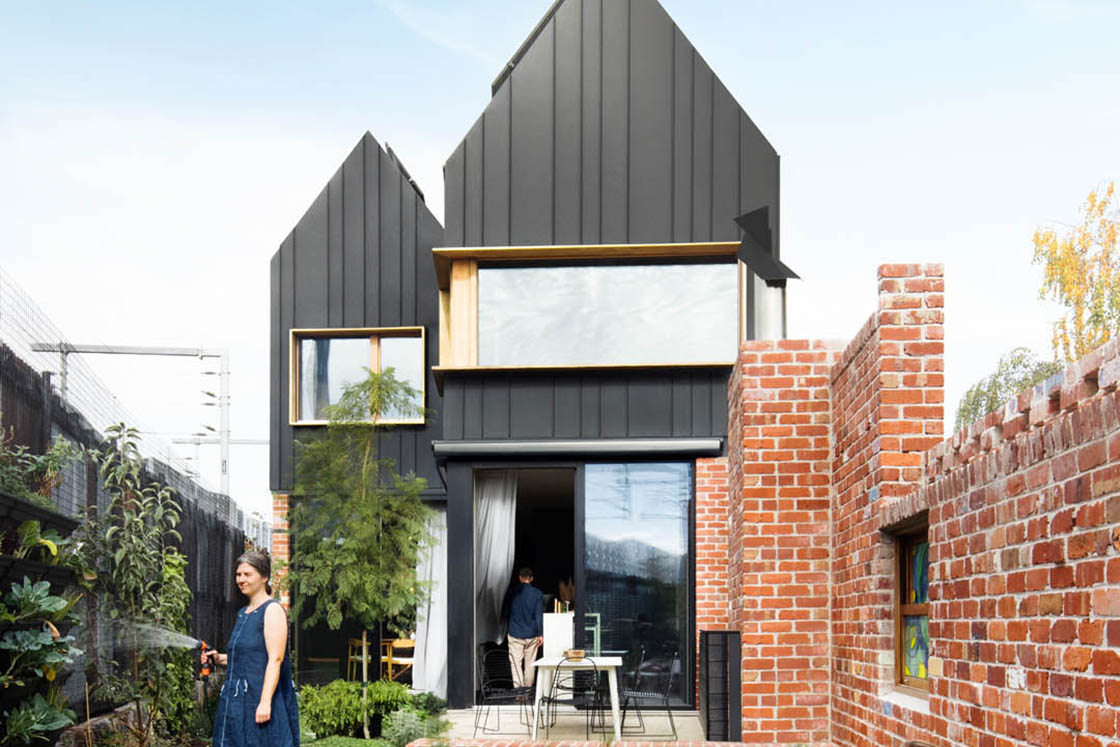
Turn on the comfort with electric floor heating
Feel great, the moment you step out of bed, all year round. With DEVI electric floor heating, you can upgrade comfort and convenience in your entire home. Installation is easy and cost-efficient, and the controller is intelligent and intuitive, so turn on the comfort.
Make it easy, make it DEVI
Save space, time, and installation costs. With DEVI, you get a proven system that makes everything easier for architects, installers, and users.
Home design is easy because you don't have to worry about water pipes and pumps. Installation is easy because you get a flexible system that is fast and straightforward to work with. And using the system is easy because you get intuitive controls and a quick warm-up time.
So, make it easy, make it DEVI.
Features and benefits
For any room in your home
For any type of flooring
Prevent slipping on wet tiles in bathrooms or kitchen
Electric heating is a good choice for low-energy houses
An invisible heat source
Fast-responding floor heating
High durability and no maintenance
Long lifetime with 20-year full warranty
The future is electric
With new legislation, electric heating can now be used for several different applications. DEVI gives you energy-efficient heating solutions that comply with EcoDesign. With no maintenance, a long product lifetime, and a full 20-year warranty, the future is truly electric.

A tap or a turn and your home feels perfect
The only visible part of a DEVI system is also the most beautiful. With our selection of controls, you can get one that suits your home perfectly. Each one is easy and intuitive to use and comes with intelligent features.
Get on top of any type of project
Are you building a new home or renovating your existing home? Either way, DEVI makes it easy to design and install your project.
DEVI solutions can be utilized both as the primary heat source, and as an additional heating source for comfort heating. You can easily install it in every type of room on every type of floor.
Discover the market's easiest solutions
The system consists of three main components: Heating elements (cable, thin heating mat, or heating element), thermostat with air or underfloor temperature sensors, and accessories. All products are designed and produced according to the highest-ranking quality standards.
Installing DEVI? It's easy
DEVI systems are straightforward to install and don't require specific maintenance. To make it even easier, we have put together a collection of recommendations to consider when handling our products.
Documents
| Type | Name | Language | Valid for | Updated | Download | File type |
|---|---|---|---|---|---|---|
| Catalog | Danfoss Product catalogue | English | Multiple | 20.8 MB |
FAQ
Electric Heating
Heating Bathrooms
Electric Heating Installation
Cost
Safety
Troubleshooting and Support
Related products
Articles

DOs and DON’Ts for Indoor Electric Heating
Electric Heating is an energy-efficient and environmentally friendly floor heating solution. You can use it for either newly constructed or renovated homes.
Case studies
-
if (isSmallPicture) {


 Coburg’s First Passive House, Victoria Australia
Coburg’s First Passive House, Victoria AustraliaHome By Hutt, Melbourne Design Studios, and Grand Designs Australia designed and built the first Passive Home in the humble suburb of Coburg, Melbourne.
Learning

Visit our Learning Center
Danfoss offers online training materials for technicians and designers working with electric heating. There are 6 e-lessons available free and on-demand through Danfoss Learning portal. For more information, register in our support section by following the link or find the overview of available relevant trainings in the table below.
Contact us
For further information, please contact us for technical support

